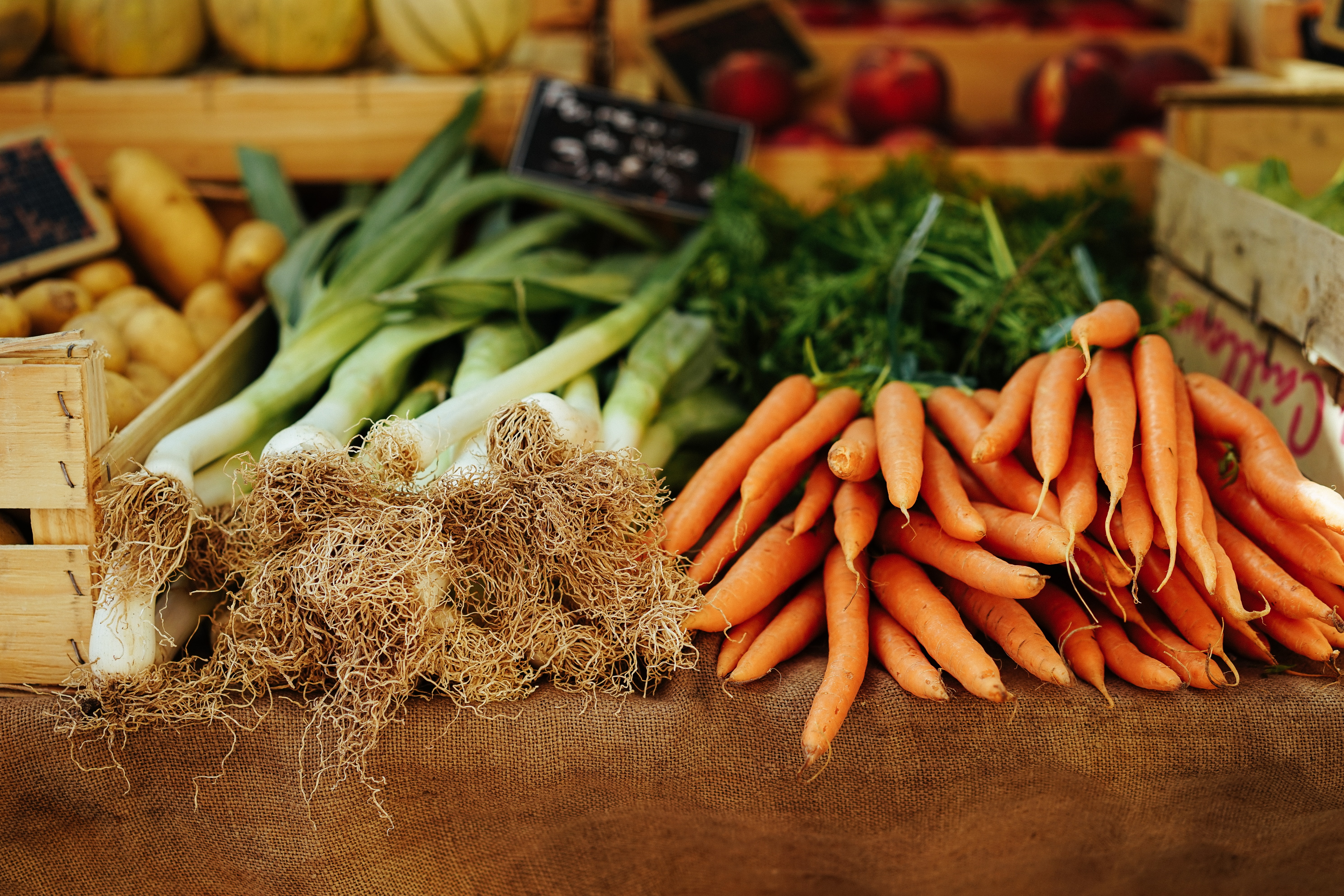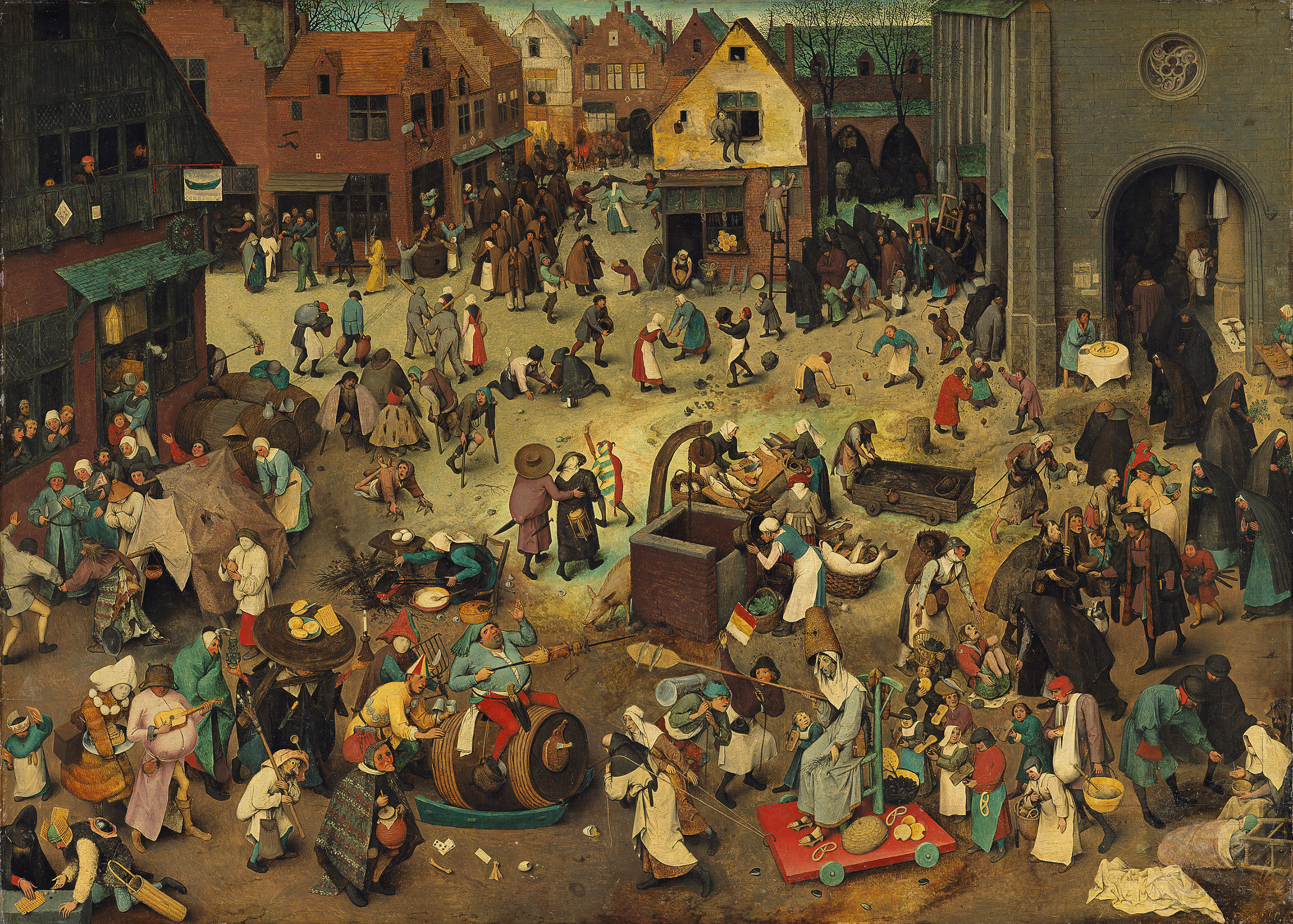
Can the world make the transition to lab-grown animal protein?
The story goes something like this: a long, long time ago nothing was wanting or, to be exact, the only thing wanting was effort, because you didn’t need to make any. There was plenty of food, and no conditions applied. Well, almost none. There was this one apple tree that was off limits, and yet this is the tree whose fruit the gluttonous Eve decided to eat. And everything went awry. From then on, getting food entailed effort. We had to comb the land in search of edible plants and chase scrumptious looking animals. Both occupations, besides being time consuming, required a lot of energy. Humans would go out of their way to maximize the efficiency of their efforts. With time, they learned to turn grains into bread and fresh vegetables into pickles that could last through harsh winters. In short, humans learned to tamper a little with their food.
Not much has changed in this respect. The range of products available has expanded, there appeared packaging and supply chains, advertising has blossomed, engineers keep competing, inventing ever more sophisticated production lines, but in fact these are all variations on the same theme: food production.
When scientists had a careful look at our plates, they discovered that everything we eat is made of several building blocks, always the same: proteins, carbohydrates, minerals, vitamins, fats and water, in various proportions and combinations.
The highest position on this list is occupied by protein, the most nutritious of them all. We mostly obtain it from animal products. Rearing animals consumes huge amounts of energy and leaves a mark on the environment. It has been clear for a while now that we need to look for different ways of obtaining protein. It makes a lot of sense to give up meat and switch to plant proteins. Yet, even though it’s easy to convince metropolitan youth, the idea meets with a strong resistance in the majority of societies. While one must admit that vegetarianism is on the rise, in face of the climate crisis we can’t rely on fads and the free will of people reluctant to change their eating habits. The situation might seem a deadlock, but luckily it is not.
If we are able to separate the building blocks of our food, regardless of the organisms it comes from, then maybe we will learn to build the nutrients we need from scratch, without the need to resort to plants and animals? Actually, we don’t have to learn: we already know how to do it!
The American think tank RethinkX assures us that the molecular revolution in food production is almost here. The second domestication is drawing near; the first one regarded big animals and plants, the second shall be about microorganisms. Some of them, like yeast or milk bacteria, have been used by humans for a long time, but the second domestication is about using micro-organisms with laboratory precision. In containers with a strictly-controlled temperature, the same processes would happen as in a cow’s entrails – the production of protein. Moreover, we could attempt producing new proteins, engineered to suit human needs, more easily assimilable. Food produced in this way would also be free of the harmful additives our food is filled with, such as antibiotics. Conscious consumers, presented with a choice between genuine meat – produced at a cost to the natural environment – and its lab-grown counterpart with the same taste and better nutritional qualities, would chose the latter.
The experts at RethinkX want to prove that the food of the future will be manufactured like software and continuously improved with the use of molecule libraries, which will allow us to change not only the food’s nutritional qualities, but also its taste and texture (so vital for the pleasure of eating).
The pioneers of molecular food believe that synthetic food will turn the world order on its head. To the advantage of the majority. Why? The interests of the meat industry are in conflict with the interests of humanity as such, because the industry needs huge areas of land to grow feed for livestock and consumes gigantic amounts of water.
Every city and town would have a laboratory producing healthy, universally available food – our consumption of water would drop drastically. What we’re talking about is a complete transvaluation. Even though it might seem radical, we should watch it closely and start to seriously consider a change of the current state of affairs.
Translated from the Polish by Adam Zdrodowski









